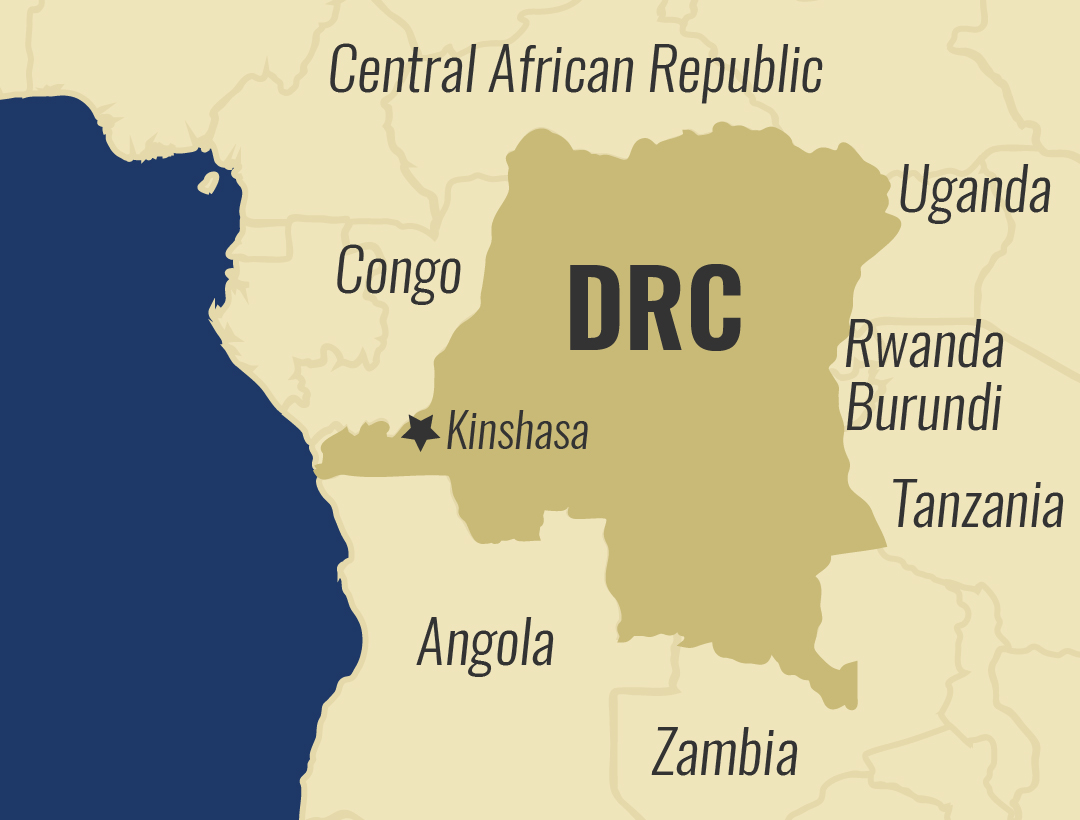Faces of Africa – King Hassan II Building Morocco
King Hassan the second of Morocco ruled for thirty-eight years. He shared both credit and critic during his time of rule. The King came to power after his father, Sultan Mohammed V the King of Morocco from 1909 – 1961 died.
Mohammed V changed the title of the Moroccan sovereign from Sultan to King in 1957. Hassan was proclaimed Crown Prince on 19 July 1957 and became King on 26 February 1961, after his father’s death at the age of thirty-two.
King Hassan was born in 1929 in Rabat while it was a French protectorate. He enjoyed a dignified upbringing in a dynasty of sultans. The monarchy remained intact but under the French occupation.

“From his young age and from his political experience, he quickly positioned himself as a nationalist,” told Sani Lakhnari – Journalist Biographer.
After high school, King Hassan went to France to study law and it is here that he had his first encounter with politics.
At the age of twenty, he was one of the supporters of the Moroccan independence. His father Sultan Mohammed V was an early African independence advocate. In world war two, the French were the occupied country by Nazi Germany.
Mohammed thought he might get a French weakness or sympathy for occupied Morocco. Instead, he was exiled. He was sent to Corsica and later moved to Madagascar.

The French realized they could not hold onto all of the captured territories in North Africa. They, therefore, made a deal with Mohammed for independent Morocco.
Mohammed V and his son Hassan returned from exile triumphant. They were seen as the faces of successful liberation from the colonial master.
“He returned from exile in 1955 as a young man and as a hero. From the outset he took on a huge number of responsibilities in the shadow of his father,” explained Sani Lakhnari – Journalist Biographer. He took over kingship after his father’s death in 1961 five years after independence.
Upon receiving his seat as the king of the country, the population was against the hereditary kind of rule. Communism was a popular option for the majority of the youth at the time.

In order to make the people at ease, King Hassan II reaffirmed Morocco’s choice of a multi-party system in Morocco’s first constitution of 1963.
The system was the only one in the Maghreb at the time. But the constitution gave the King large powers which he eventually used to strengthen his rule, and which provoked strong political protests.
He thereafter faced great opposition from the educated elite who felt that he gave agriculture much support than he did in education. In his response to them, he said, “You cannot feed citizens pencils.”
His thoughts on supporting agricultural sector were that a fed population would not engage in protests. But this aggravated the opposition’s quest to fight for human and social rights.
But as King Hassan’s advisor Andre Azoulay said, King Hassan II was one or two of the statesmen who made a mark on the international community during the second half of the 20th century.

He was considered a pioneer in international affairs and placing Morocco in the international platform. In 1999, King Hassan II died and many Moroccans remember him with a clear indication of his best achievements.
“He had a great bond with his people through listening, cuisine and clothing,” told King Hassan’s advisor Andre Azoulay.
“In terms of infrastructure, his major undertaking was undeniably the dams. Morocco is a country where it rains very little. Water becomes an even more precious resource than in Europe,” asserted Sani Lakhnari – Journalist Biographer.





